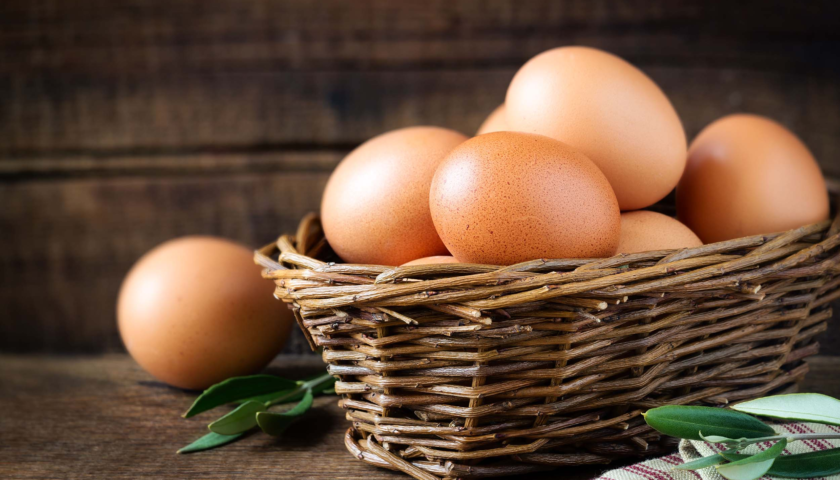Eggs are a staple in many diets around the world, revered for their nutritional value and versatility. As consumers become more health-conscious and ethically aware, the demand for free-range eggs has soared. However, not all free-range eggs are created equal. Here are ten tips to help you choose the best free-range eggs for your table.
1. Understand What ‘Free Range’ Really Means
Free-range is a term that refers to the conditions under which the hens are raised. Ideally, free-range hens should have continuous daytime access to the outdoors and be able to roam freely, forage for natural foods, and exhibit natural behaviors. However, standards defining what qualifies as “free range” can vary significantly between different countries and certification bodies. Always check the specific standards to understand what ‘free range’ means from each producer.

2. Check the Farming Practices
Research or inquire about the farming practices of the producer. The best free-range eggs usually come from farms where animal welfare is a priority. This includes not only access to the outdoors but also the quality of both the outdoor and indoor environments, the health care given to the hens, and the methods used to handle them. Smaller family farms often follow more stringent ethical practices compared to larger enterprises.
3. Look for Certifications
Certifications can help you decide as they imply a third-party verification of the farming practices. Look for labels from trusted organizations. For instance, in the USA, the Certified Humane Raised and Handled® or USDA organic labels might offer more assurance about the welfare of the hens and the absence of antibiotics or synthetic hormones.
4. Examine Egg Freshness
The freshness of an egg affects both its flavor and nutritional value. Check the sell-by or use-by date, but also perform the water test at home if you’re unsure: fresh eggs will sink to the bottom of a bowl of water and lie flat on their sides, while older eggs will start to float or stand upright.
5. Consider the Eggshell and Yolk Color
The color of the eggshell and the yolk can indicate the egg’s quality and the hen’s diet, although it can vary naturally. Hens fed a natural, varied diet often produce eggs with rich, orange yolks and strong shells. Weak shells can indicate poor nutrition or ill health.

6. Assess the Price
While free-range eggs often cost more than cage-raised eggs due to higher farming costs, the price should still be reasonable. Extremely high prices don’t necessarily guarantee higher quality, so compare prices from different farms and retailers to get a sense of what is fair.
7. Support Local Farms
Buying eggs from local farms reduces the carbon footprint associated with long-distance transportation and you can get more information directly from the farmer about how the hens are raised. Local markets also often offer the freshest options as the eggs go straight from the farm to the market.
8. Check the Packaging
Good packaging not only ensures that the eggs are protected from damage but can also provide information about the farm and its practices. Recycled or biodegradable packaging reflects an additional commitment to sustainability.

9. Taste Test Different Brands
Flavor can vary significantly between different producers of free-range eggs, depending on the hen’s breed, diet, and the freshness of the eggs. If possible, try eggs from various sources and decide which ones meet your taste preferences best.
10. Educate Yourself about Hen Breeds
Different hen breeds lay different types of eggs. Some breeds are known for producing particularly flavorful eggs, while others might be valued for their egg size or shell strength. Knowing which breeds are used can give you additional insight into the egg’s quality and the farming operation’s complexity.
Conclusion
Choosing the right free-range eggs involves more than just picking any carton with a free-range label from the supermarket shelf. It requires an understanding of what free-range entails, awareness of ethical farming practices, knowledge of hen breeds, and a bit of research into local producers. By following these tips, you’ll not only enjoy tastier and more nutritious eggs but will also support ethical and sustainable farming practices, contributing to a healthier environment. So next time you shop, take a moment to think about where your eggs are coming from and the lives of the hens that laid them.



